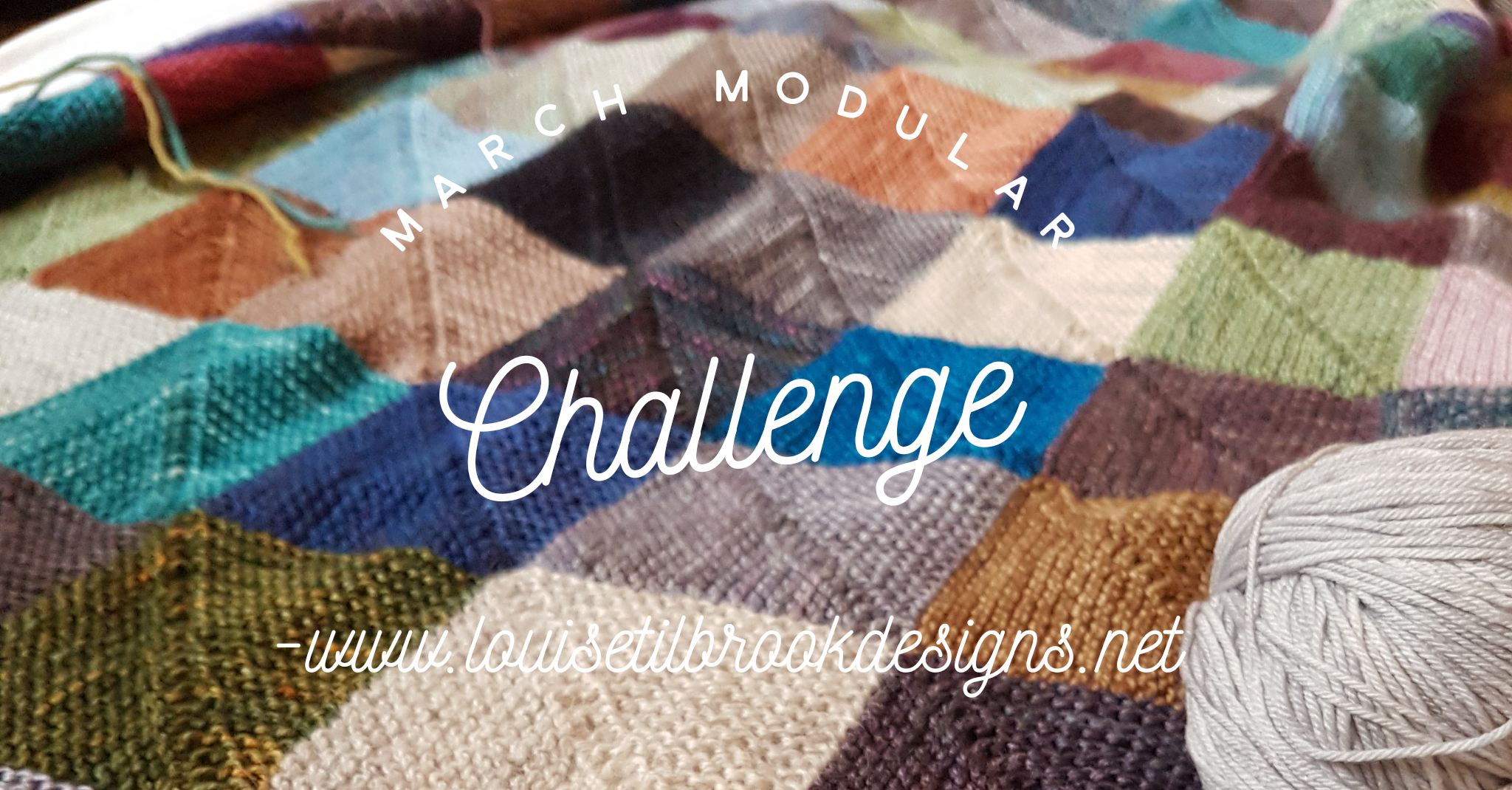As February draws to a close (I’m not even going to think about how quickly that whooshed by) we have been pondering what our next monthly challenge will be over in the Facebook group. As we are currently in the middle of a sock yarn mini swap, many of us are either rediscovering our long-term sock yarn blankets or have been inspired to start one.
So it seemed particularly appropriate for March to be our Modular Month. Specifically a month for us to set ourselves some challenges relating to a long term modular or scrap yarn project.
In line with our group style I’m not going to set out any hard and fast rules for participation but here are a few thoughts on how you could make the challenge work for you.
Knit a square per day on your sock yarn blanket...and weave in the ends (the last bit is optional but your future self will thank you for it).
See how many squares you can knit or crochet in 31 days. There are no prizes for this or knitting police checking up - but you do get to give your blanket a sizeable boost.
Knit/crochet a stripe per day on a blanket/afghan/scarf.
Work on a modular blanket or other project. Several group members are knitting the Vivid blanket pattern from Tin Can Knits which would be ideal for this.
Unearth your long-term WIP out from where it is hibernating and just show it some love. You don’t need to set yourself a challenge other than to admire it and imagine how cool it will look when it is finished.
Sock yarn blanket patterns include, but are in no way limited to:
Sock Yarn blanket by Shelley Kang
Memory blanket by Georgie Hallam
Knitted patchwork recipe by Martine Ellis
However you chose to take part and whatever you chose to work on I do hope you have fun with this one. Please do share your progress on the Facebook group - I can’t wait to see how you get on. If you are sharing on Instagram please use the hashtag #modularmarch so we can all follow you.


